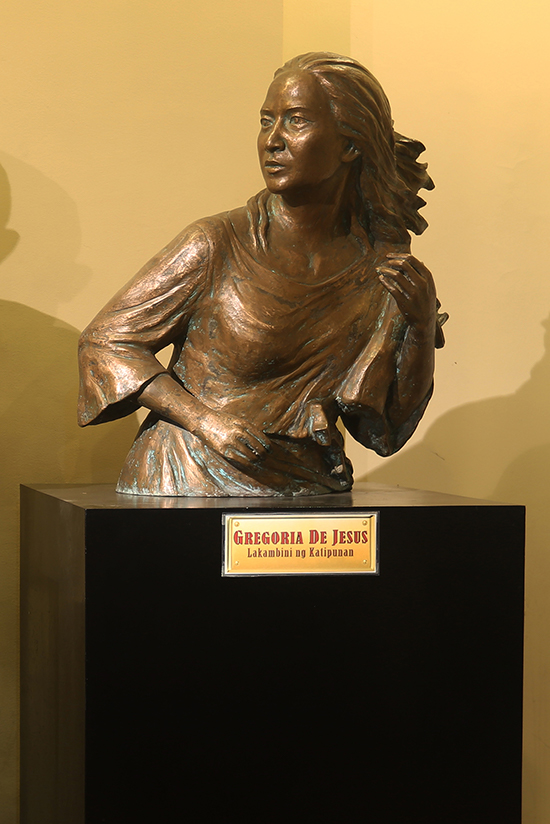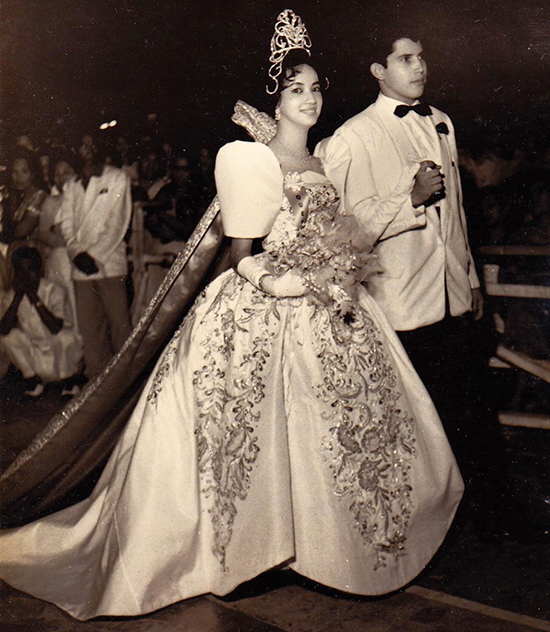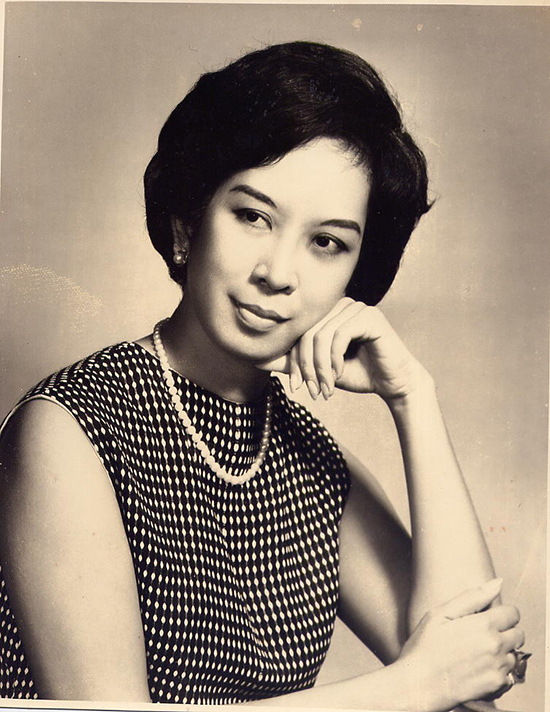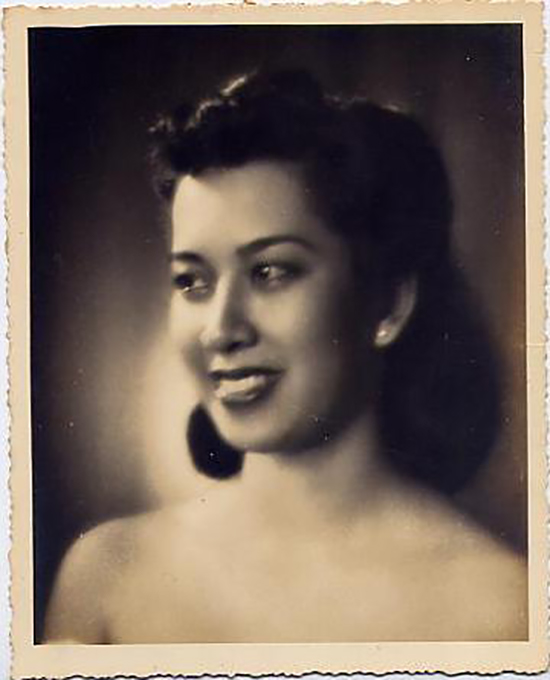May days and Mother’s days
The month of May is traditionally a giddy time in the Philippines.
On the first day is Labor Day, which usually offers plenty of opportunities for the now-familiar phenomenon of red-tagging: the Kilusan Mayo Uno demonstrations in front of the US Embassy followed by a strident march down Mendiola Bridge to Malacañang. Effigies would be burned of one’s least-favorite politicians and the riot police would be out in full force.
Soon after is the controversial commemoration of the death of Andres Bonifacio on the 10th with historians calling like clockwork for a state funeral for the once-and-future “first President of the Philippines.” Many people forget that it is also the birthday of his wife, the lakambini Gregoria de Jesus, the day before.

The other important Maytime activity for Filipinos is the elaborate fiesta of Flores de Mayo, a kind of enterprise that combines the qualities of the Miss Philippines pageant, Viva Films box-office returns, and for the money needed to put up the resplendent display, Forbes’ “richest men in the world” list.
The high point, in pre-pandemic days, was the Santacruzan, which featured the most famous mother in Christendom after Mama Mary, the Reina Elena. It is a procession in honor of the finding of the true Cross by St. Helena, whose earthly embodiment is at the apex of the social — if not looks — hierarchy, garbed as the Emperatriz and escorted by her son, the Emperor Constantine.
(And, as if the Bulacan folk hadn‘t enough to brag about, what with their stately homes and the invention of the country’s best pastillas, this whole shebang began in that province in 1867.)
Thinking back on all these extravaganzas, it seems just about right that the eve of May is called “Witches Night.” Teenage legend would have it that you could gaze into a mirror at the stroke of midnight then and see the face of the man you would marry — or, woe be to you, the devil incarnate. If the National Artist Nick Joaquin is to be believed, it’s almost always the same thing.

This brings us to the most modern part of May these days, none other than Mother’s Day, the celebration of which my mom, Carmen Guerrero Nakpil, would resist, impervious as she is to the baskets of orchids and offers of champagne breakfasts, until she was well into her 70s. She’d probably be asking for a stiff “Scotch rocks” just about now if she were alive to read this column.
Of course, it’s not that hard for me to think of what she would have said about this edition of Mother’s Day 2021. I have the unfair advantage of having carefully stored up her columns — a conservative estimate being 10,000 of them, not to mention seven books — through the years.
She would be the pioneering woman political columnist, a mid-century “influencer,” with the kind of prestige usually reserved only for men.
She jumped feet first into her writing career right after the war in 1946 and wrote for an astonishing 60-plus years non-stop. At one point, from 1954 to 1966, she was clacking out on a manual typewriter (remember those?) a daily column called “My Humble Opinion” for the Manila Chronicle and would go on to do so in almost all the leading newspapers of the day.
She would be the pioneering woman political columnist, a mid-century “influencer,” with the kind of prestige usually reserved only for men.
I guess you could say she was a bit of a feminist, although she disliked people saying so, insisting that women were not just equal but were actually far better than men.
I do remember her coming home one evening after the annual newspaper awards and railing that the judges had decided to tie her in first place for “Journalist of the Year” with an undeserving man just because they couldn’t deal with the fact that it would have gone solely to a woman. It mystified me at the time because there was already a whole wall of plaques in her working library.

She would also pioneer the art of the historical column, a sly device she would use to comment on the bewildering world of Philippine politics without actually having to name names.
I discovered, thanks to mining the archives of the Lopez Museum and Library, that she had begun this as early as 1951 with a column called “The Good Old Days” in the Weekly Women’s Magazine. Here, she juxtaposed vintage photographs of Manila and the Manileños to add context to current events.
This would be a recurring theme of her columns until finally, in the 1970s, it became the whole show: with columns called “History Today” in the Times Journal and “Playback: A Historical Review” for the Archipelago magazine.
I think she was curiously equipped for it because of her own irony-laced background to deal with, as she put it, a “Philippine history full of sophisticated paradoxes: the greatest navigator of the Western world slain in a local dispute between rival chieftains, a national hero who at the last minute decides to go off to bind the wounds of the aggressors in an imperialist war in Cuba, a leader of a would-be republic demanding a dukedom for his services at Biyak-na-Bato. Such perversities add texture and color to the usual platitudes of heroism.”

That background was itself a unique blend of what “could be misleadingly thought to be,” in her words, solely composed of “the Ermita reputation of the conventional, uptight, establishment gentility.”
But that was only one part of the story. The other was that borough’s “certain, deliberately cultivated freedom of spirit. Eastern, Western or whatever it has become smart to call it — which has always existed side by side with it and perhaps has been there longer.” I daresay it was this combination of sulphur and salt that made her writing incisive but also highly engaging.

As she would point out, “Ermita was always — at least to those who’d been there for several generations — campy, reverential of antiquity and peculiar behavior, periodically overrun by the world’s refuse or those who had refused the world.”
The end product, as another well-known Ermita resident, F. Sionil Jose of the iconic Solidaridad Bookstore, would write: “I salute Carmen Guerrero Nakpil for her perspicacity, her candor, her excellence as a writer, which even in her twilight, have not faded with time.
“That takes some doing: passion, longevity, the richness in spirit, whatever, for when she goes, as all of us must go, there goes a sterling, irreplaceable Filipino writer.”


